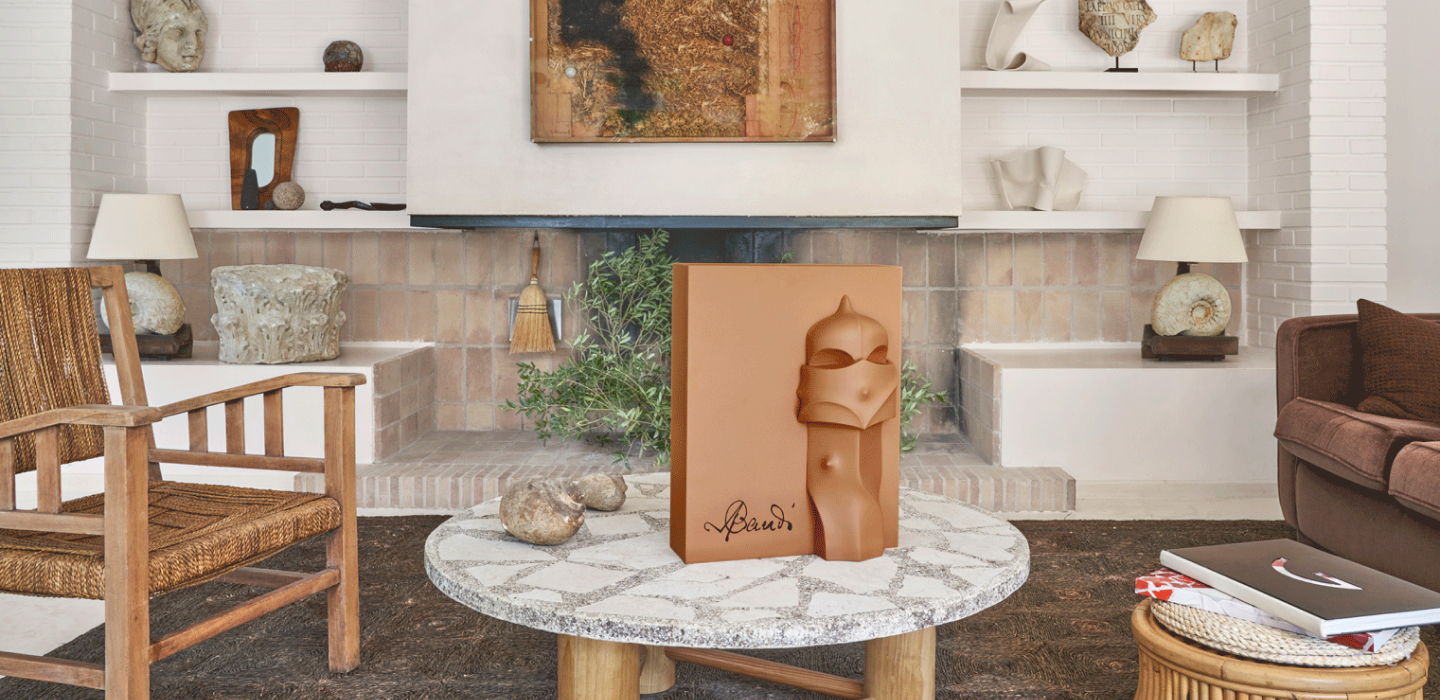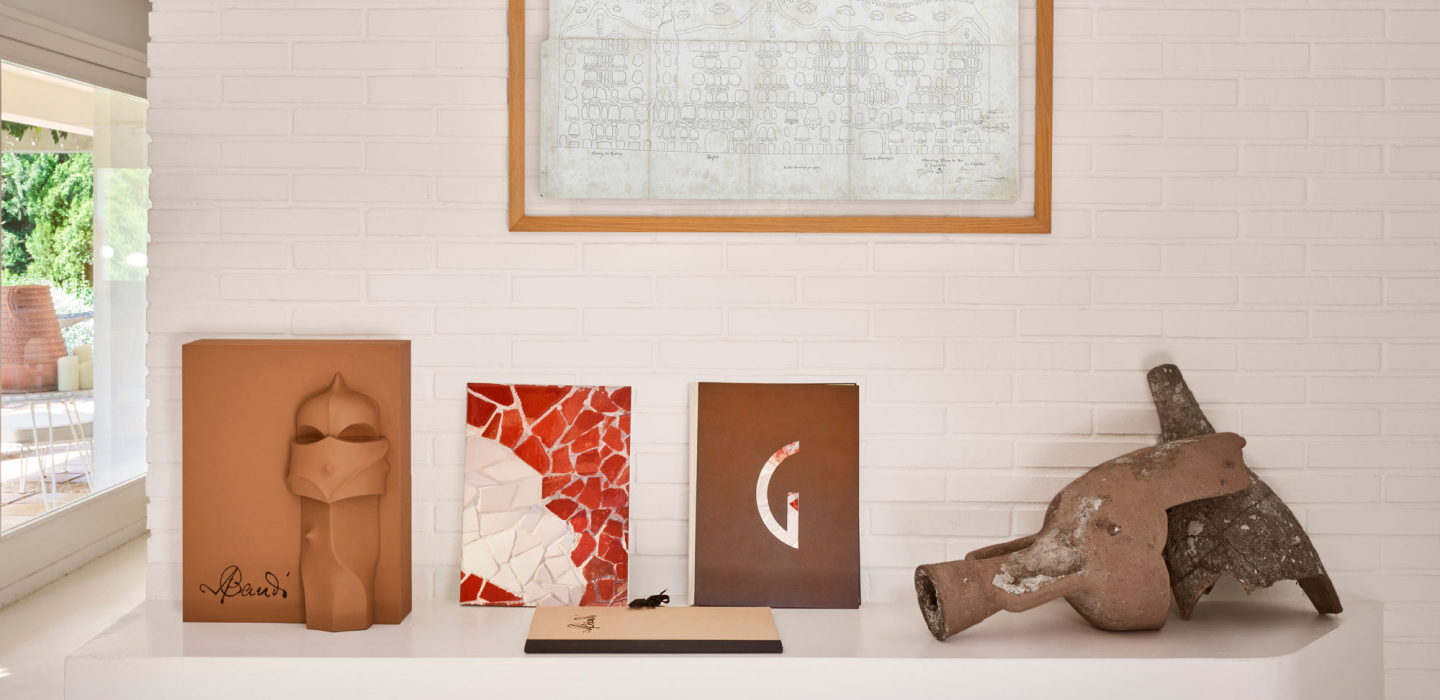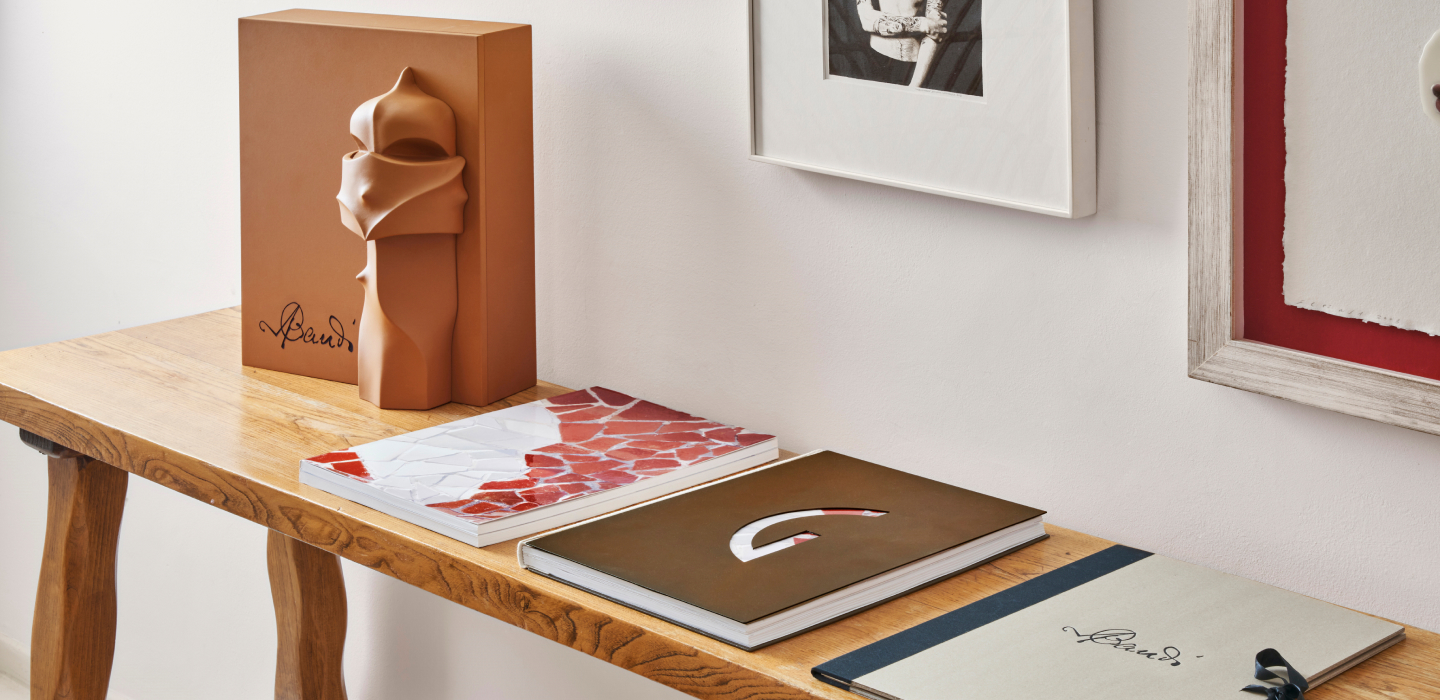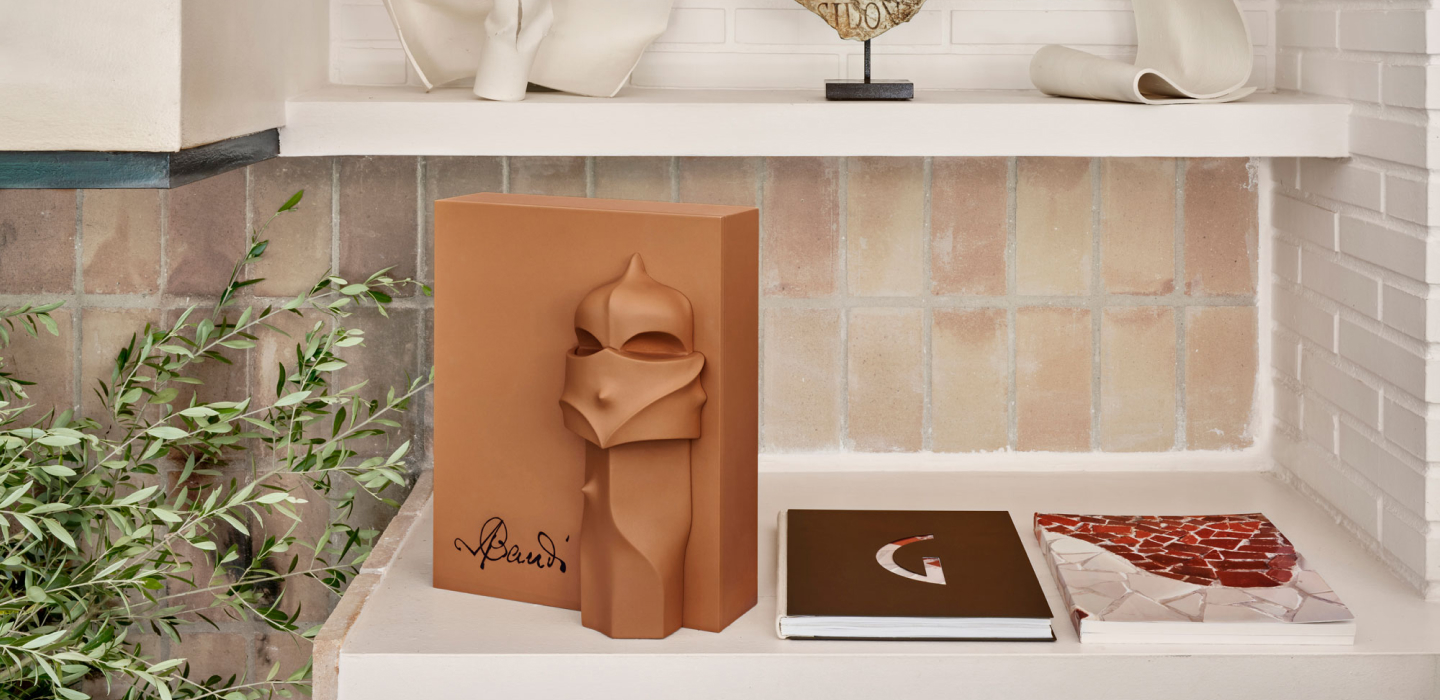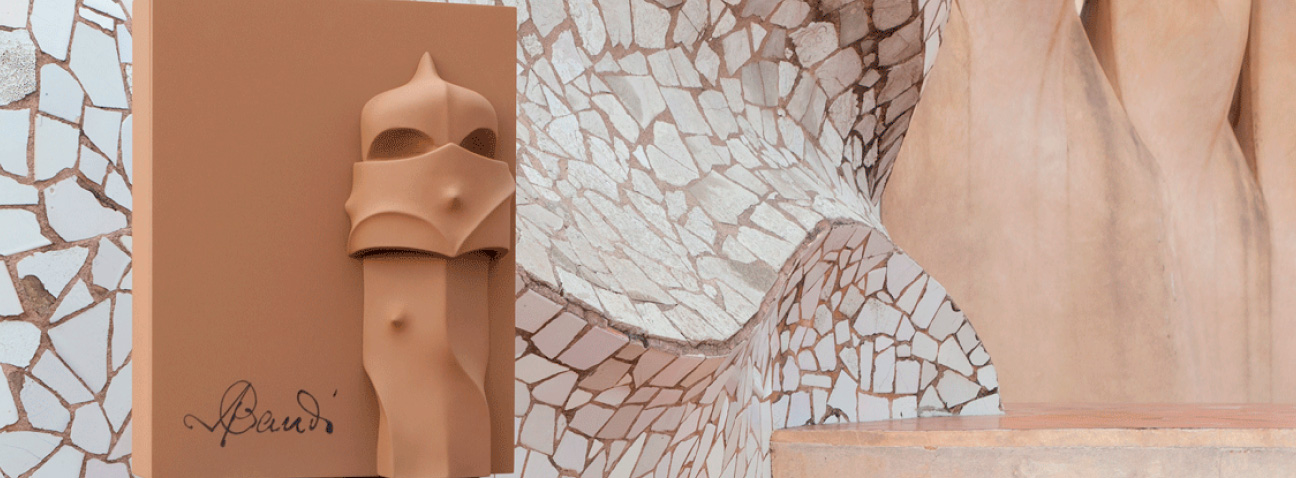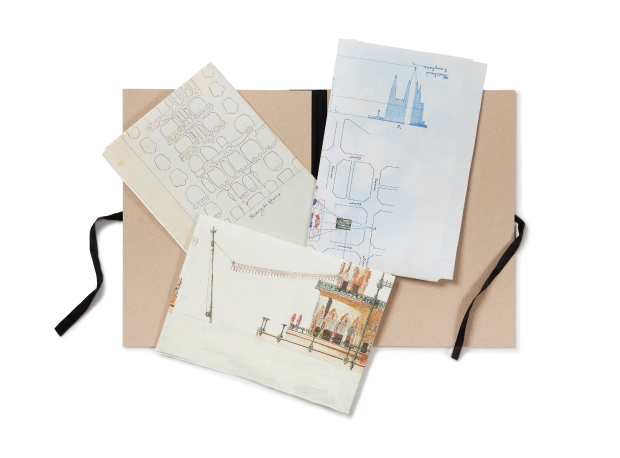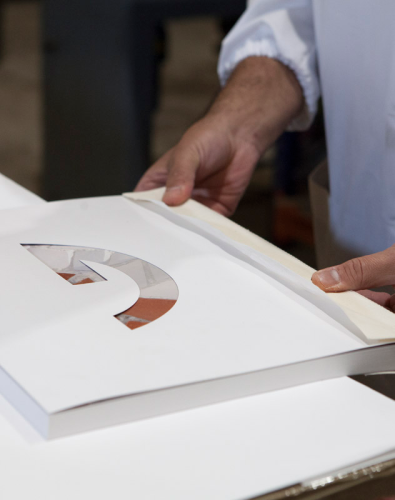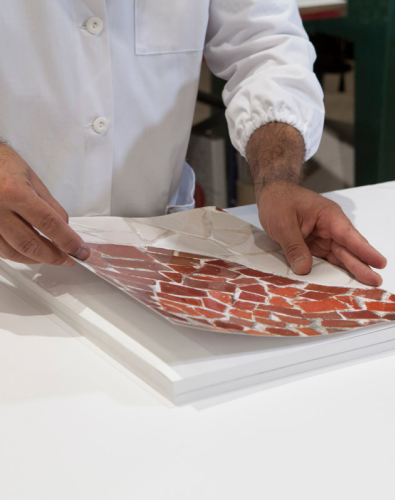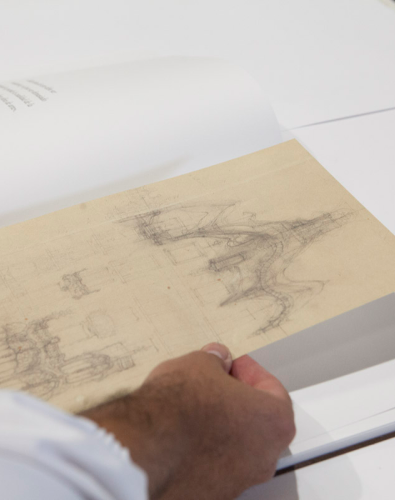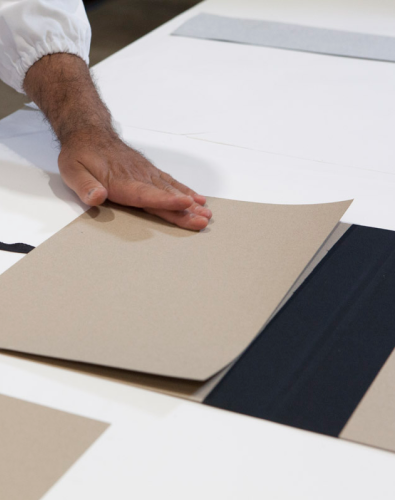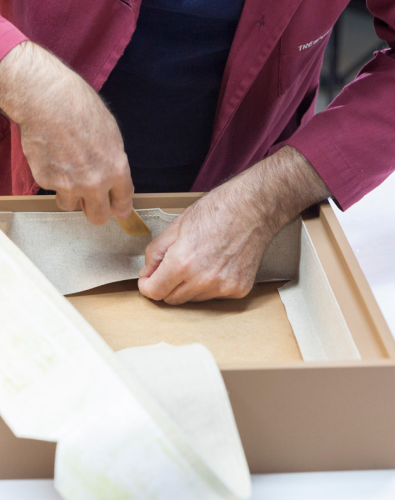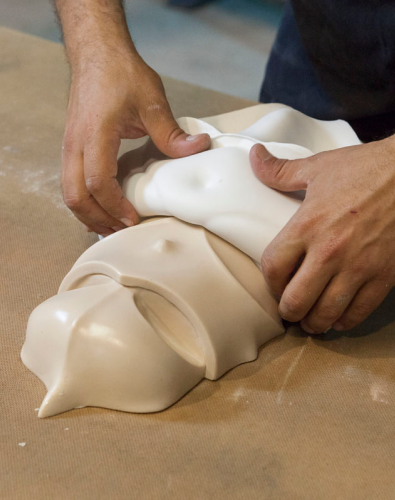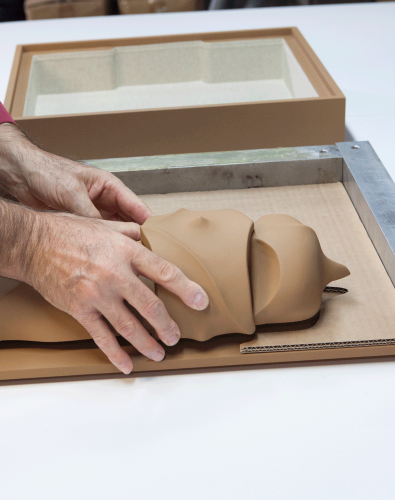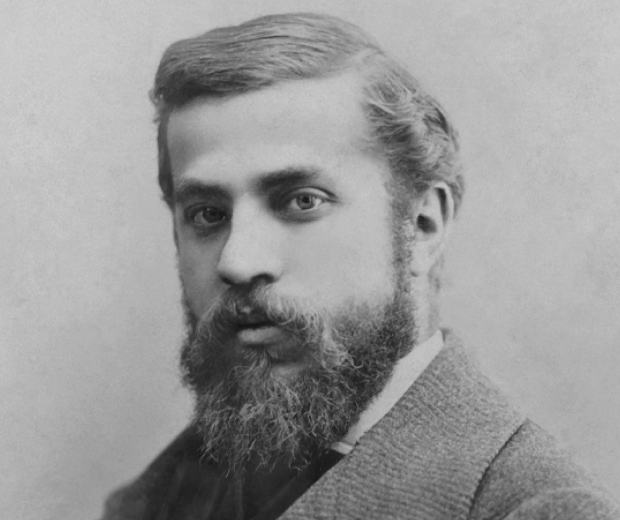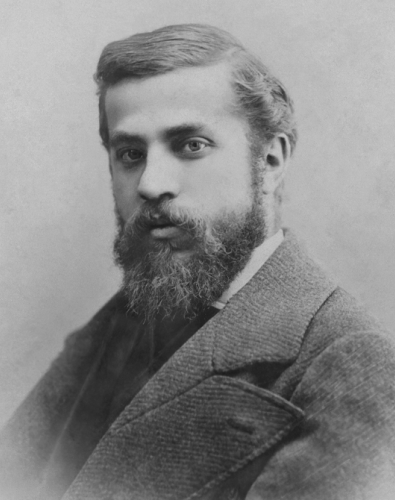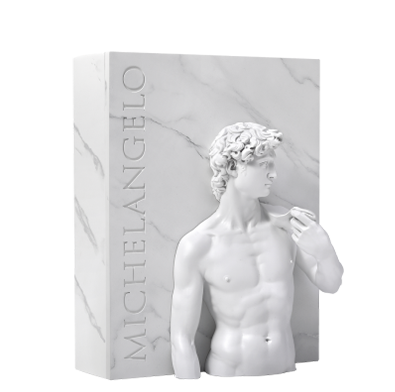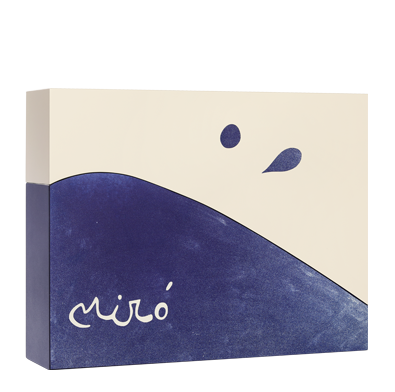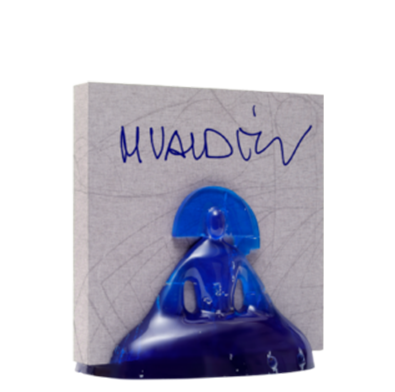The history of Catalan modernist architecture is built with the name of Antoni Gaudí, the inseparable genius of the city of Barcelona, whose work and essence have crossed borders.
ARTIKA presents Gaudí Up Close, a project that began to take shape more than a decade ago, with the aim of making known some of the most revealing facets of the artist that, despite their historical significance, remained unknown to the public.



A hand-numbered artist’s book, limited to 4,998 copies, which gathers unpublished material of the architect and reveals his most revealing facets.
The sculpture-case houses two volumes and an architect’s portfolio that offer a unique and detailed view of the artist.
The Art Book allows visitors to admire 48 drawings by Gaudí in their original size, where the most evocative, rich, surprising and beautiful details of Gaudí’s universe can be discovered. The Study Book offers a selection of unpublished articles on Gaudí in the voice of experts: the architect and director of the Gaudí Chair, Juan José Lahuerta; the architects Jordi Faulí and Chiara Curti; the art historian, Joan Aicart; and Dr. Mireia Freixa, who carries out a detailed study of the plates.
The architect’s portfolio reveals the reproduction of three plans, with their conservation folds, of his great projects: a beautiful design for a pier (1876); the original project for the façade of the Casa Milà (1906); and the first plan of the demonstration of the visibility of the Sagrada Familia (1916).
TECHNICAL SPECIFICATIONS
SCULPTURE-CASE
- Wooden case with marble sculpture coated with paint + cement powder + anti-graffiti varnish. Interior lined in naturlinnen fabric (2040).
- Signature of the artist burned in laser on the left side of the sculpture of the fireplace.
- Dimensions: 35,5 x 45,1 x 19 cm.
- 15 kg approx. (total weight of the work).
STUDY BOOK
- Contains a selection of unpublished articles on Gaudí with architect and director of the Gaudí Chair, Juan José Lahuerta; architects Jordi Faulí and Chiara Curti; art historian, Joan Aicart; and Dr. Mireia Freixa.
- Bilingual edition, in Spanish and English.
- 360 pages.
- Size: 28 x 37,8 cm.
ART BOOK
- Contains 48 drawings by Gaudí in their original size, where the most evocative, rich, surprising and beautiful details of Gaudí’s universe are discovered.
- Bilingual edition, in Spanish and English.
- 38 drawings on Fedrigoni paper
- 112 pages.
- Size: 28 x 37,8 cm.
ARCHITECT'S FOLDER
- Architect’s folder in 2.5 mm cardboard lined with 400 g paperboard.
- 3 signed plans, complete die-cut and folded like the originals: Casa Milà (44.5 x 93.5 cm), Embarcadero (76 x 50 cm), Sagrada Familia (52.5 x 67 cm).
